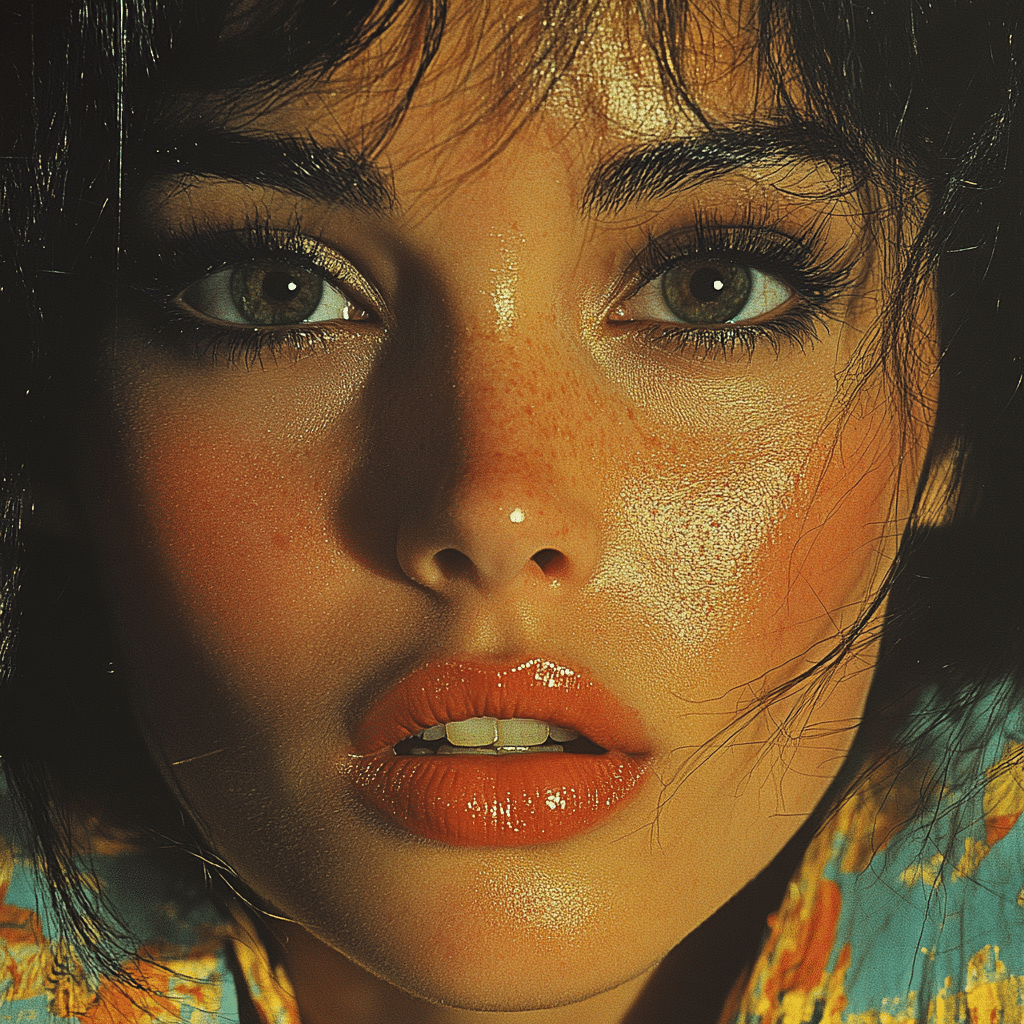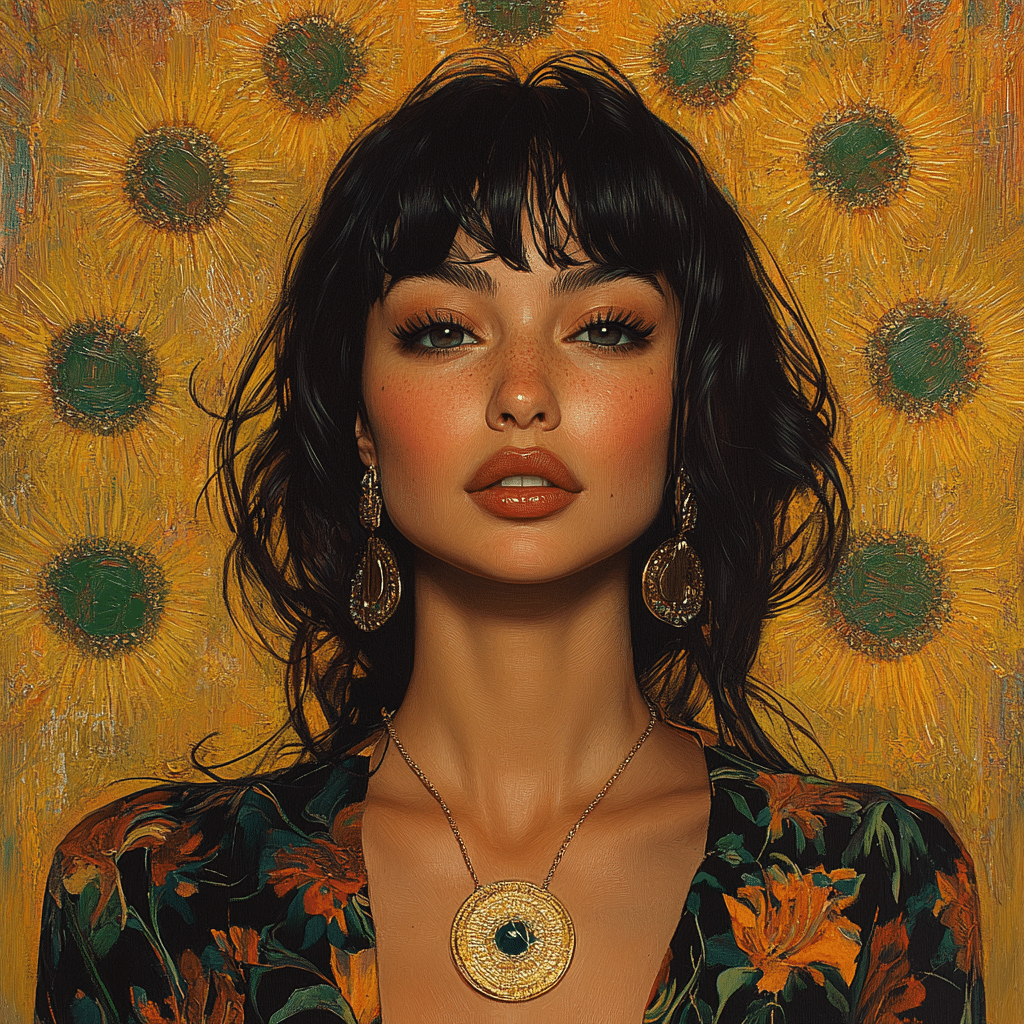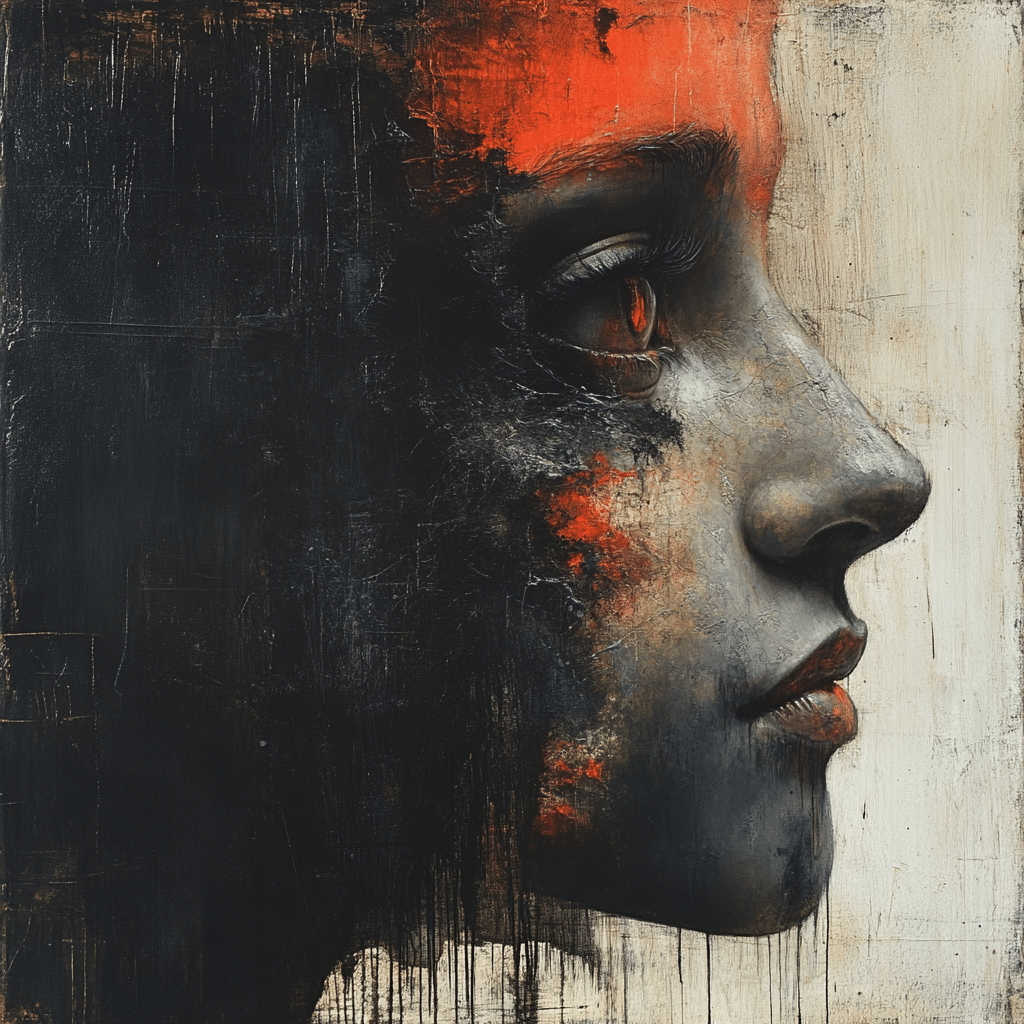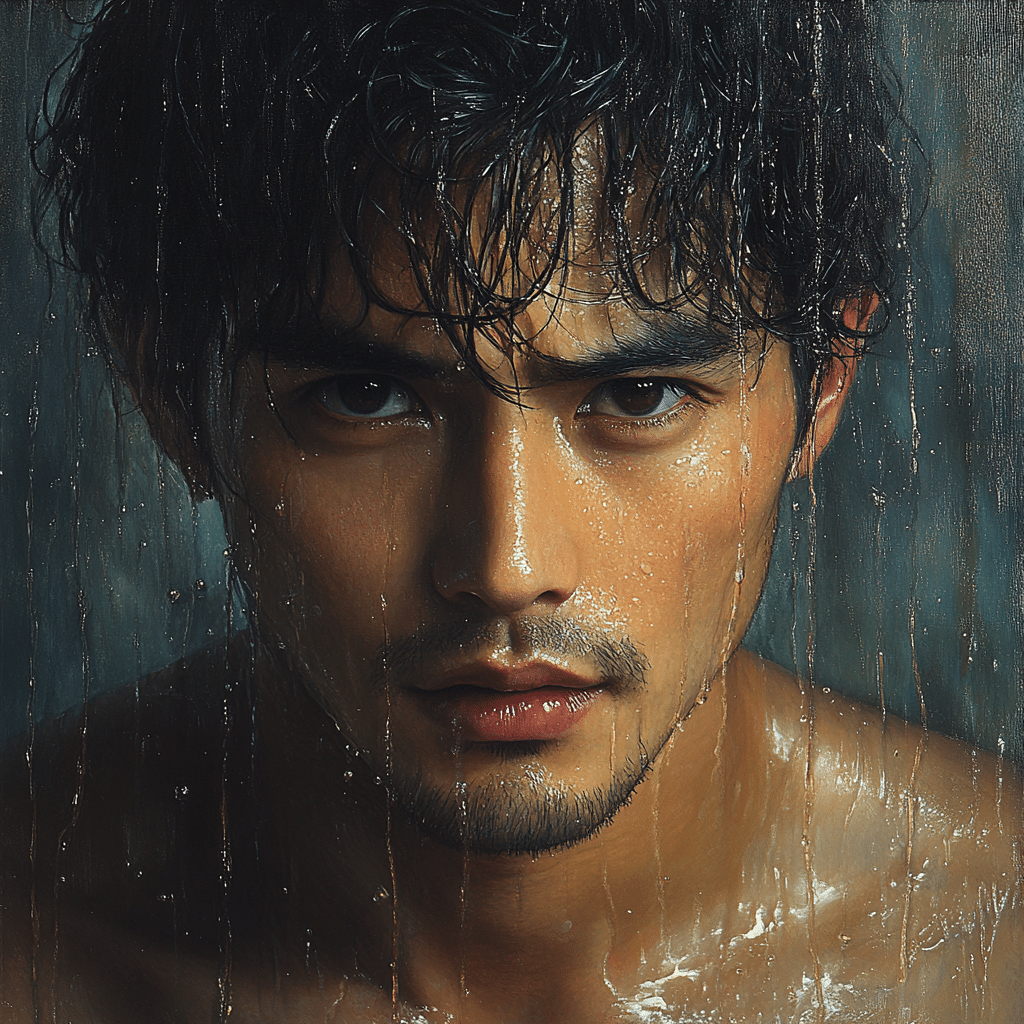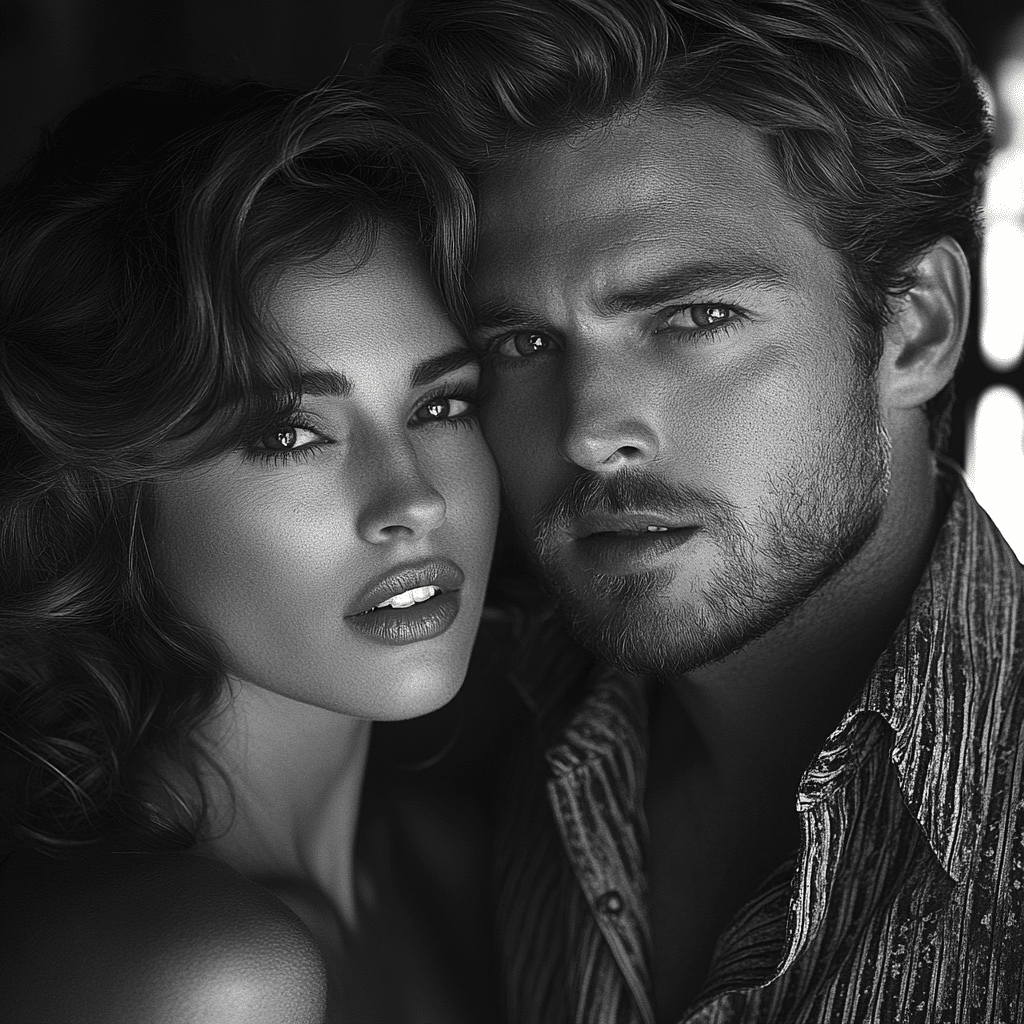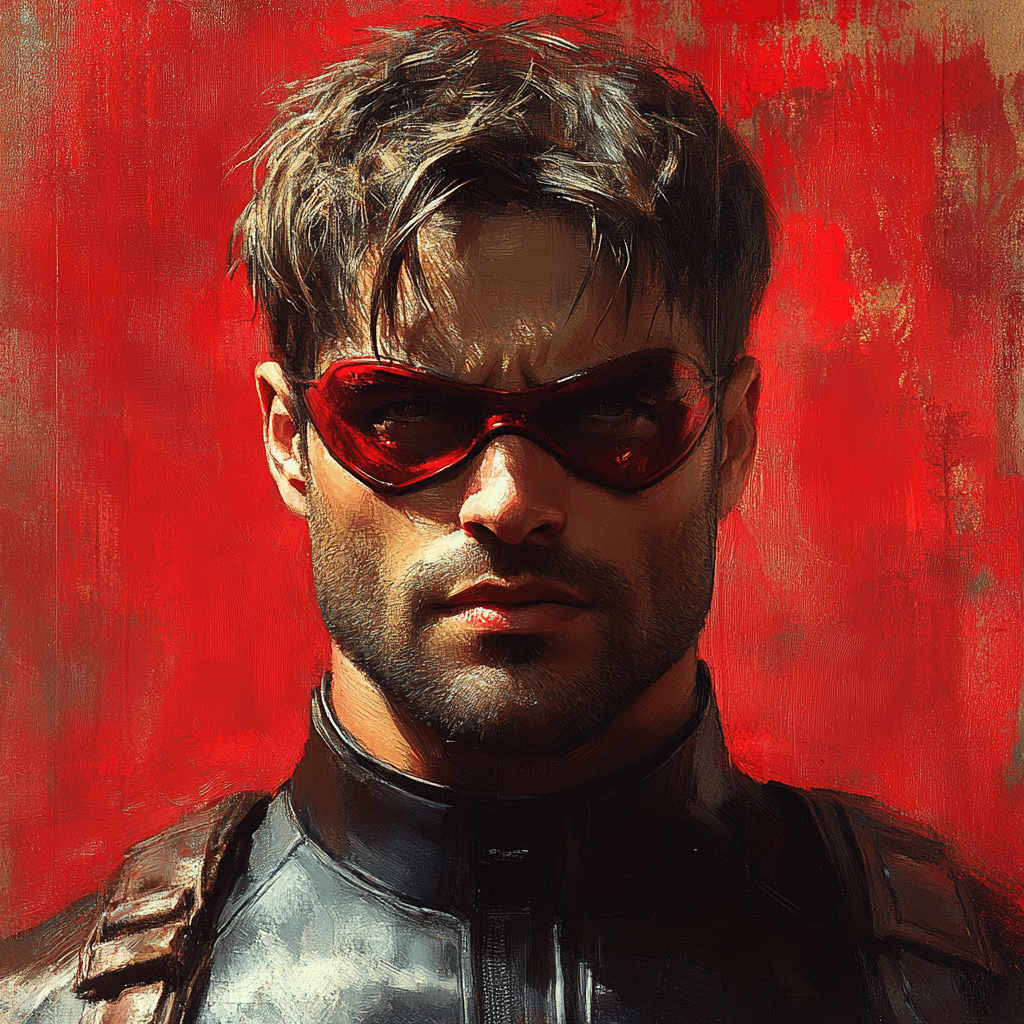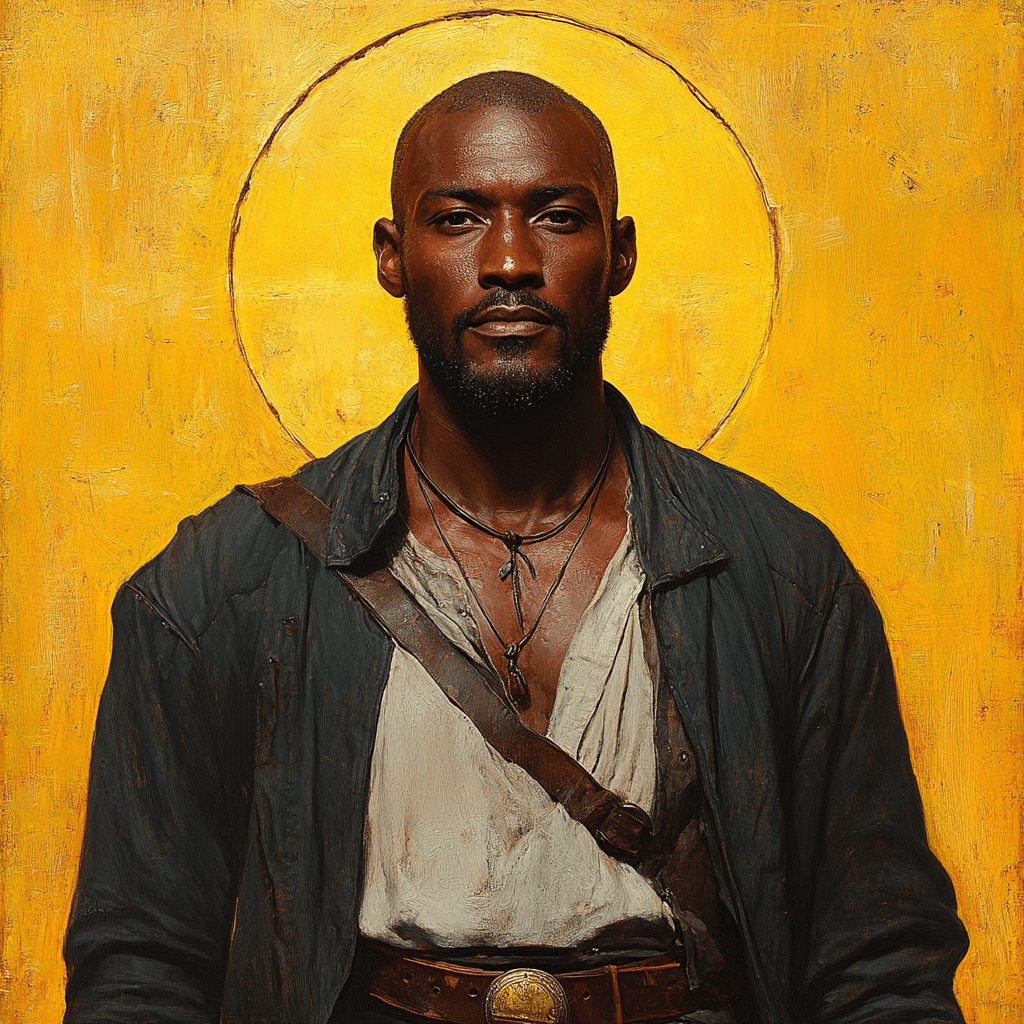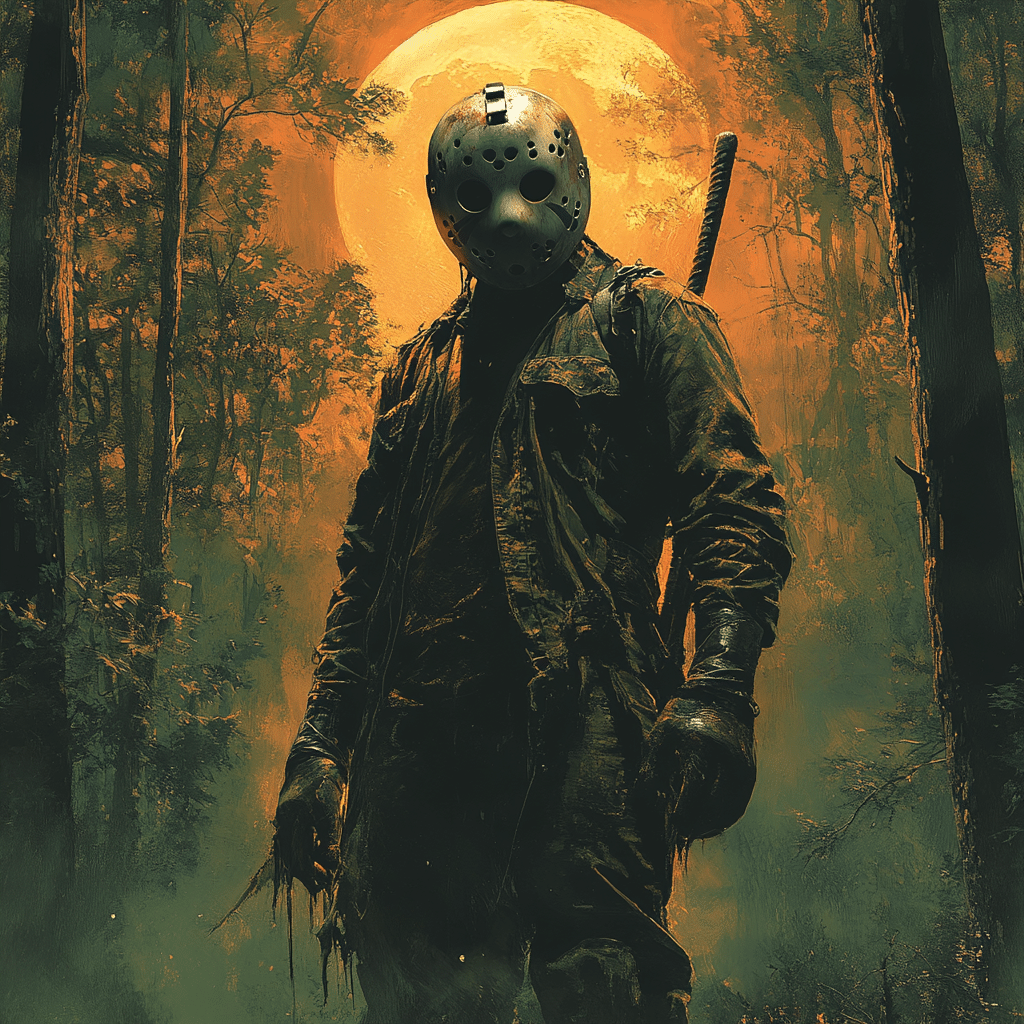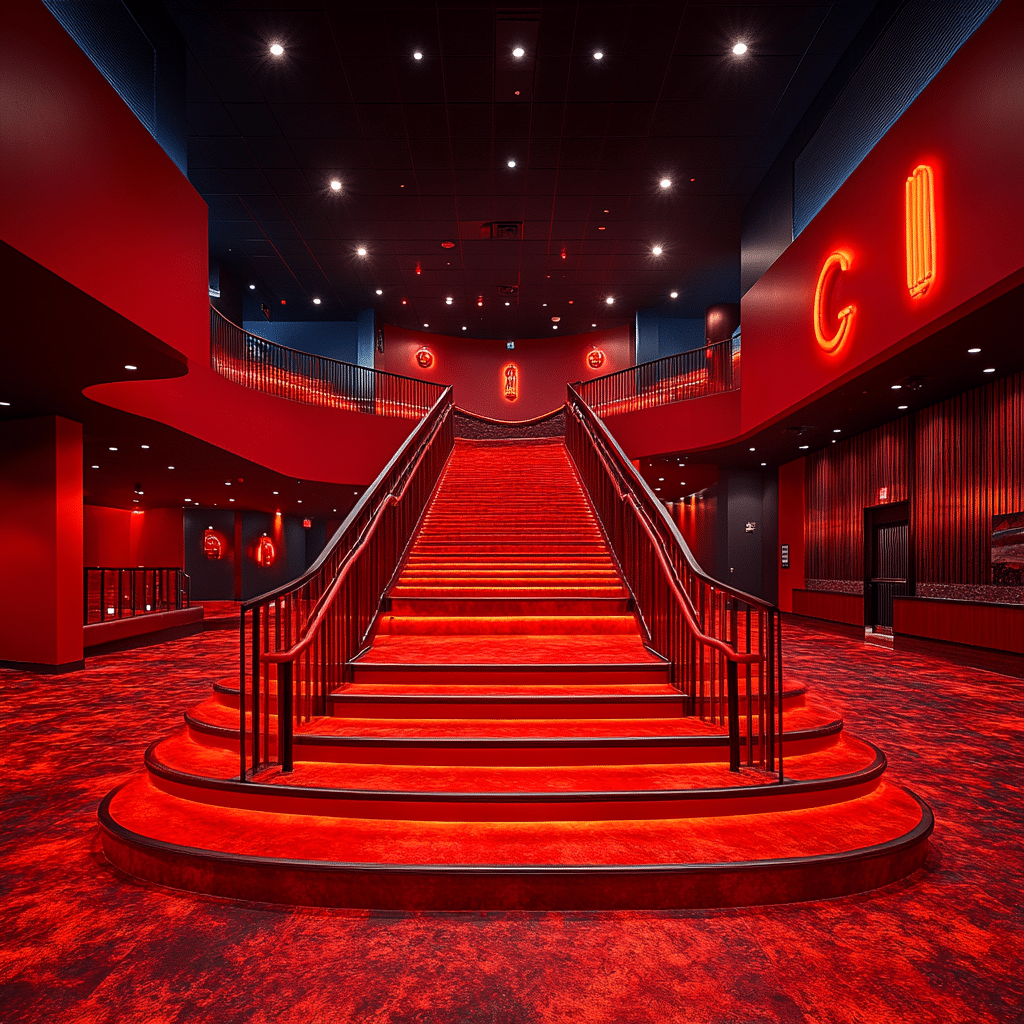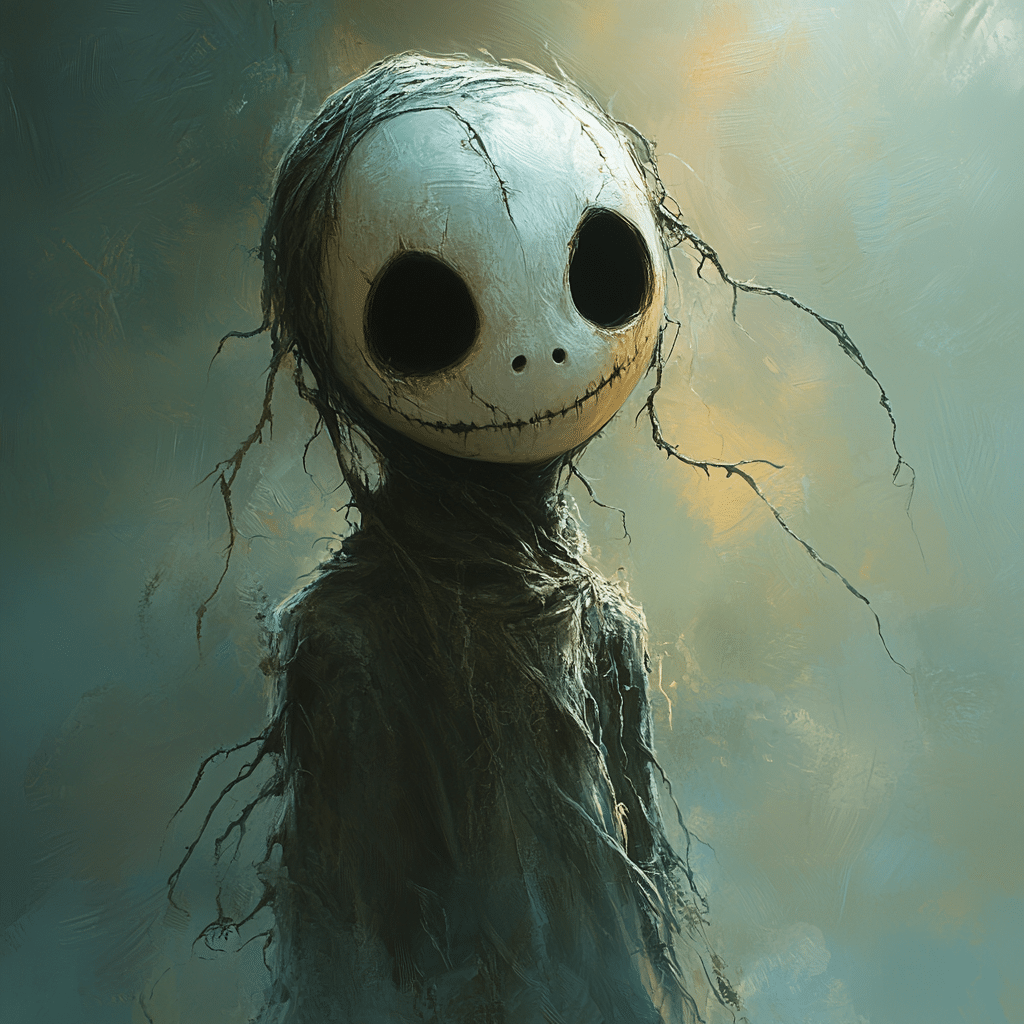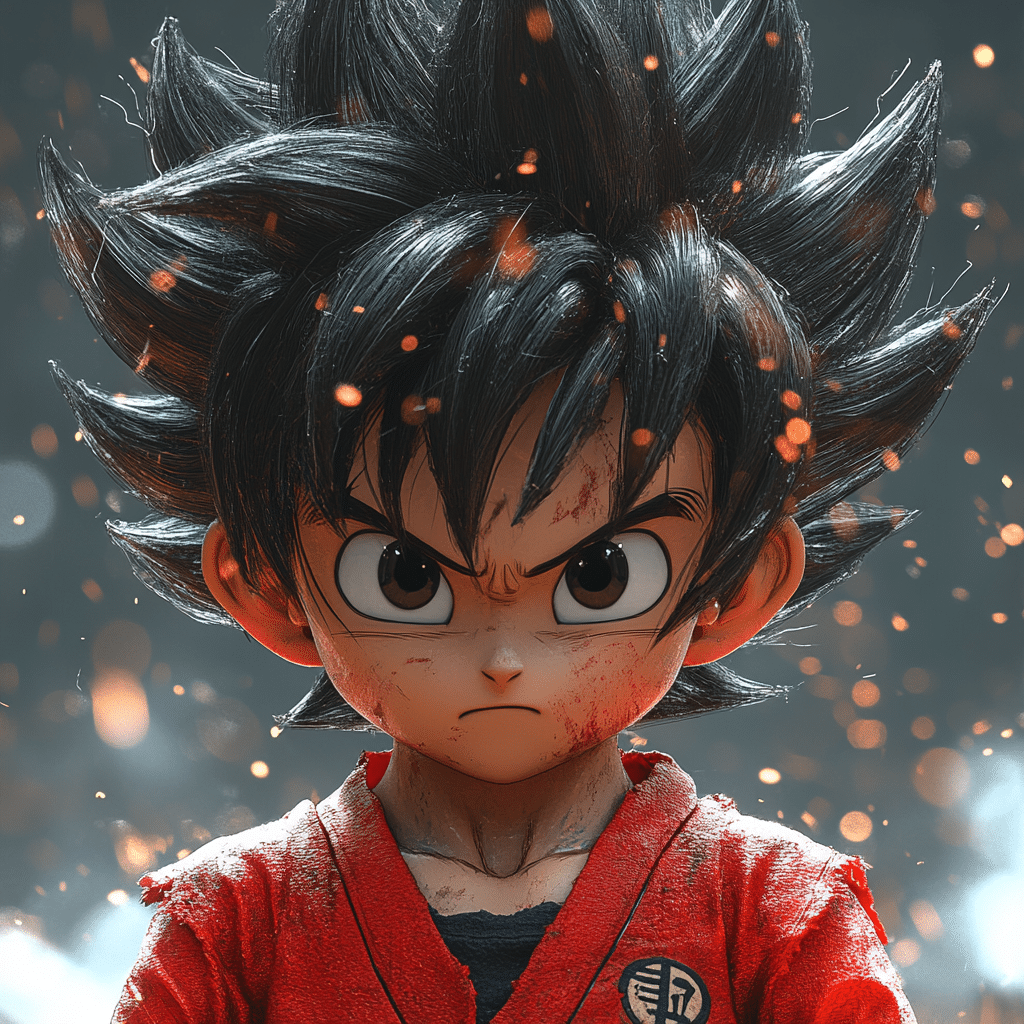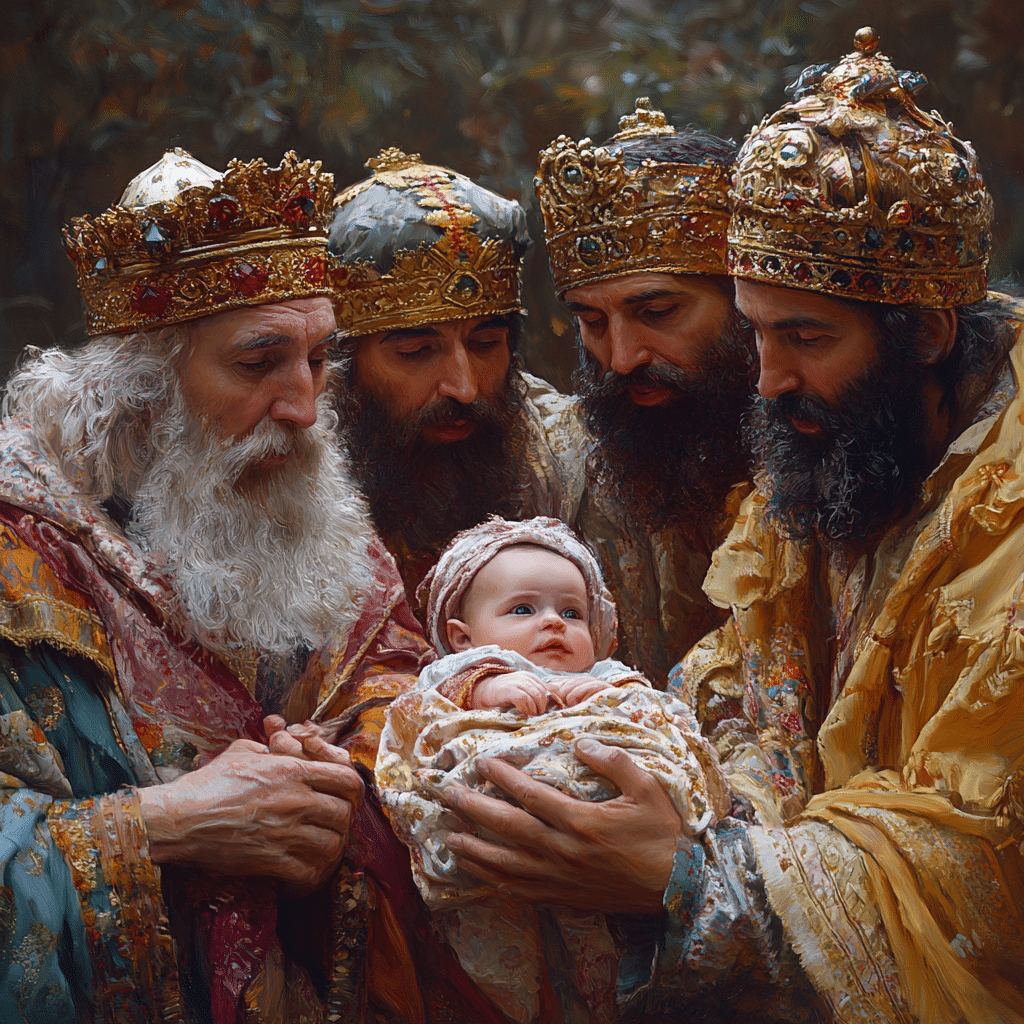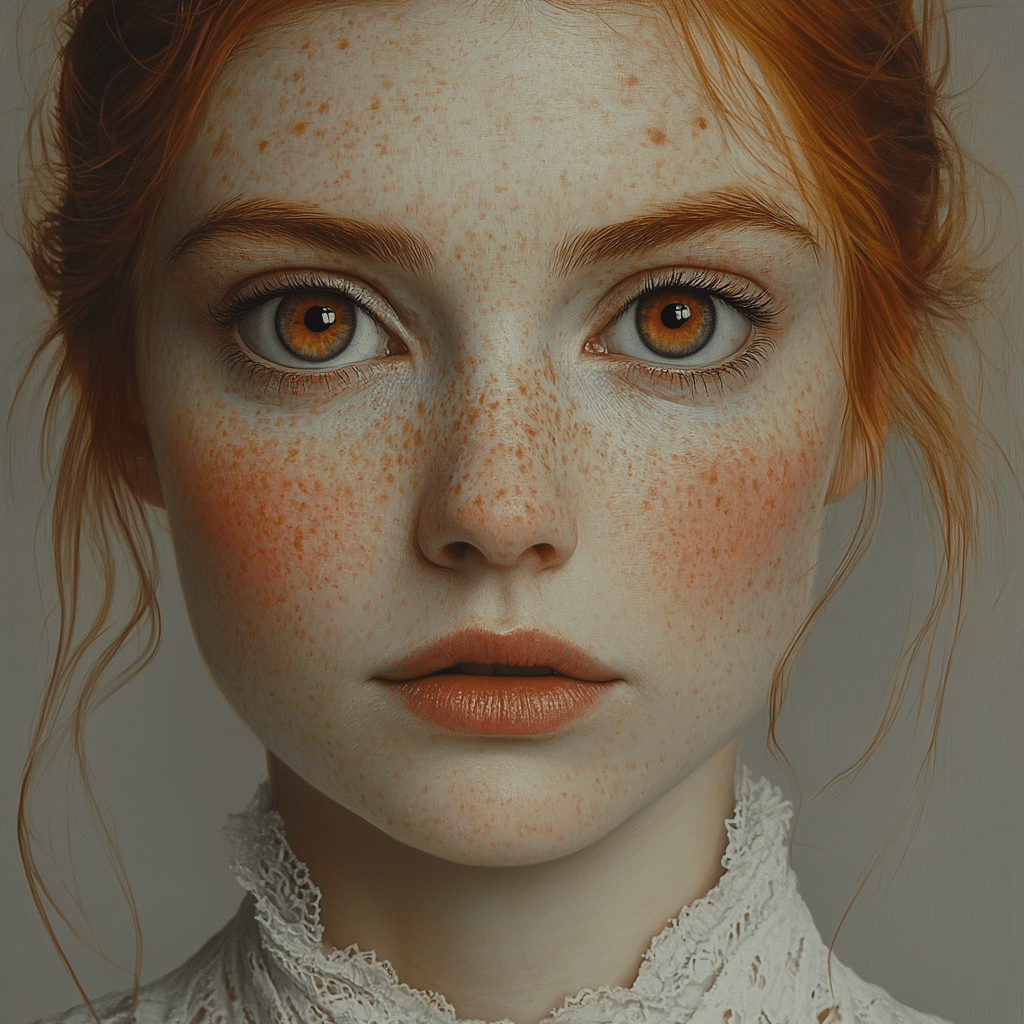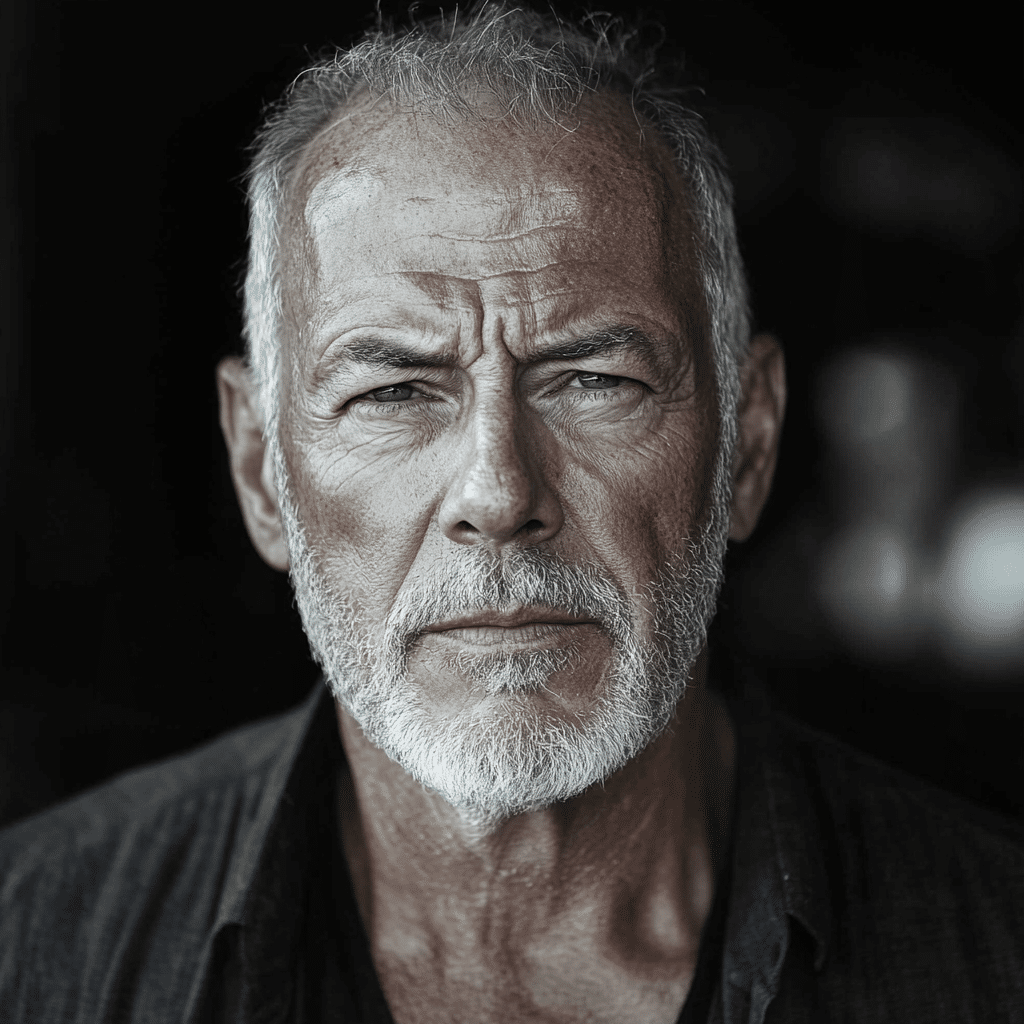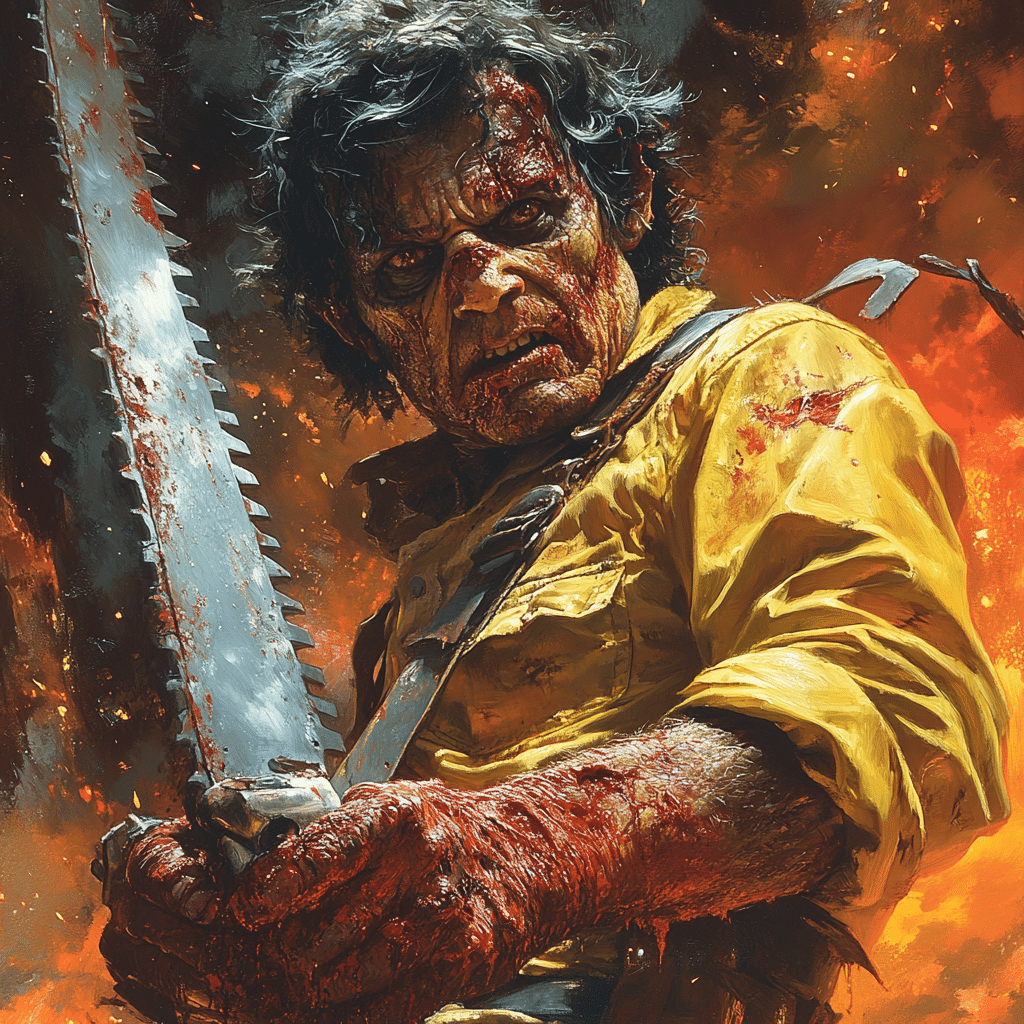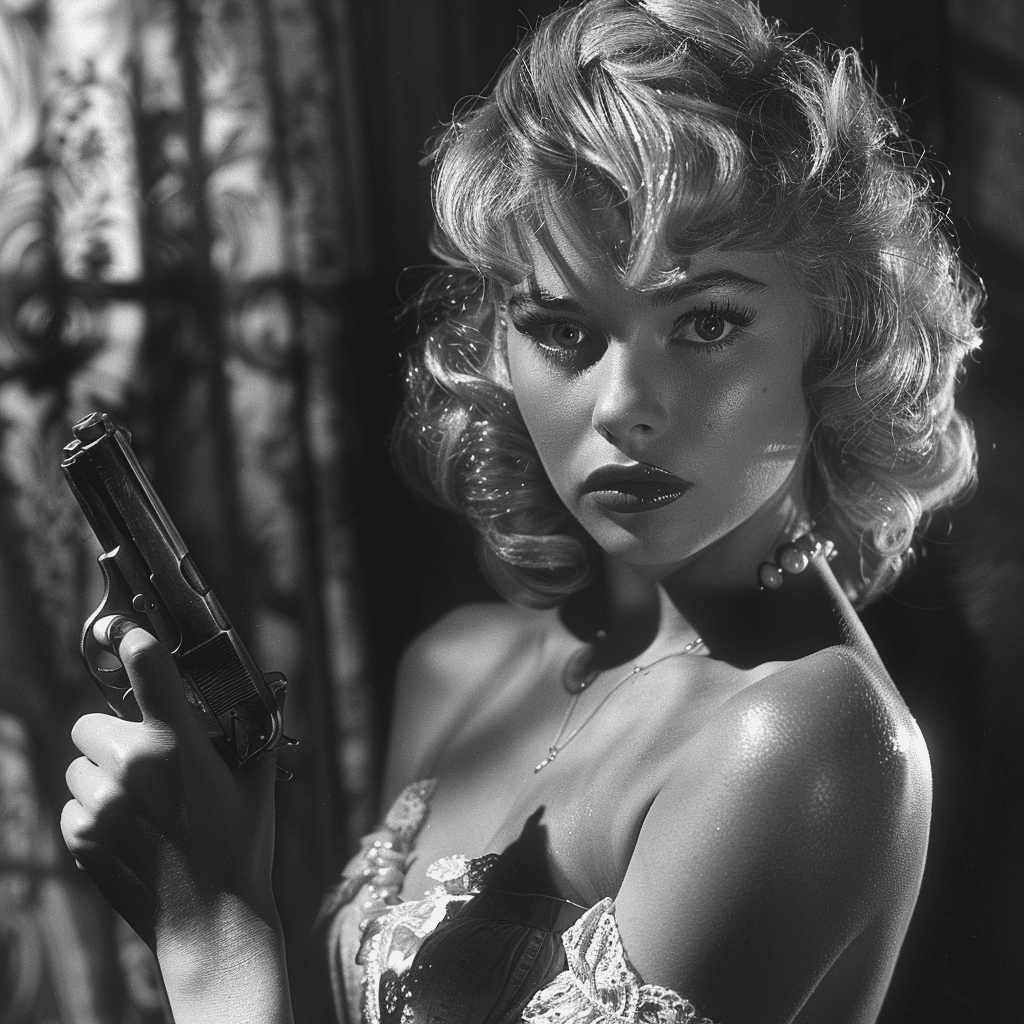The Super Mario Bros 1993 film is a curious blend of nostalgia and bafflement—a cinematic venture that sought to capture the magic of a beloved video game franchise but ended up as a cautionary tale for filmmakers everywhere. Released on May 28, 1993, this ambitious project aimed to bring Mario, Luigi, and their whimsical universe to life but instead faced a torrent of issues that led to its critical and financial downfall. With a budget ranging between $42 and $48 million, the film grossed a mere $38.9 million worldwide, landing it squarely in box office disaster territory. Let’s dive into the seven major missteps that contributed to its epic failure, along with the cultural impact it left behind.
The Seven Major Missteps in Super Mario Bros 1993
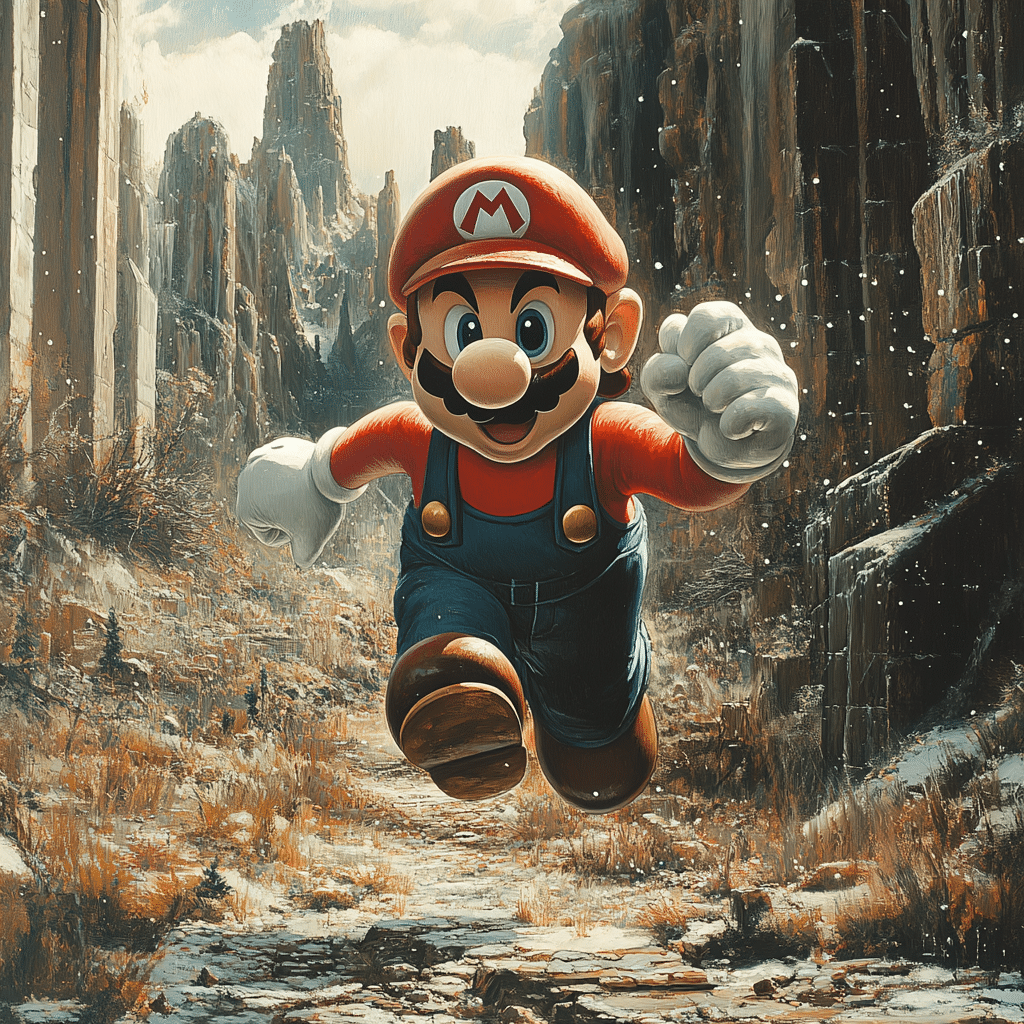
1. Inconsistent Tone: From Video Game to Dark Allegory
One of the film’s most pronounced failures was its jarring tonal shift. Fans expected the lighthearted and colorful world of Mario, but what they received was a grim, dystopian setting more reminiscent of Blade Runner. This emotional schism left viewers struggling to connect with beloved characters like Mario and Luigi. It’s a classic case of a franchise misaligned with its audience’s expectations—almost like witnessing the misadventure of Spongebob Crying, where joy met confusion in a stark contrast.
2. Straying Too Far from Source Material
Another egregious error was the film’s radical departure from the source material. Instead of the vibrant, mushroom-filled landscapes players adored, viewers were treated to an industrial wasteland, populating the film with dark palettes that would make even Gangster Spongebob blush. The transformation felt more like a betrayal than an adaptation, causing lifelong fans to feel detached from what they loved most: the whimsical charm of Mario’s world.
3. Credibility of the Creative Team
The film’s directors, Rocky Morton and Annabel Jankel, hailed primarily from television backgrounds, which may have hindered their ability to navigate the intricacies of a blockbuster film. Their vision didn’t translate well to the big screen, reminiscent of the odd miscasting seen in attempts to bring Doodlebops to life in a different format. Experts argue that without a deep understanding of the source material, creating a cohesive film becomes nearly impossible.
4. Uninspired Casting Choices
Despite well-known actors like Bob Hoskins and John Leguizamo leading the cast, their performances fell flat. Hoskins, usually adept at capturing grounded roles, struggled to embody the essence of Mario that fans revered. Picture casting Spongebob Squarepants as a gritty detective in a crime thriller—it’s absurd and mismatched. The film left fans yearning for actors who could authentically represent their beloved characters, adding another layer to its shortcomings.
5. Lack of Clear Structure and Direction
The plot was convoluted and riddled with pacing issues, which severely impacted its overall coherence. Viewers often found themselves bewildered by key story elements—a feeling akin to wandering through the confusing maze of Spongebob’s House without a map. Engaging storytelling relies heavily on a clear narrative, and Super Mario Bros 1993 sorely missed this crucial component.
6. Failure to Capture Audience Demographics
Targeting a family-friendly demographic with themes far too dark for children proved disastrous. The Mario franchise was an emblem of joy and silliness, yet the film’s tone failed to resonate with the very audience it was meant for. In contrast, Doodlebops manages to connect with kids through relatable narratives and vibrant visuals, a strategy Super Mario Bros 1993 ignored.
7. Detrimental Budget and Production Decisions
The film’s $48 million budget spiraled without visible payoff, as practical effects often came across as subpar. With all their ambition, the filmmakers fell short when it came to execution, mirroring the disappointment fans feel when they see beloved characters poorly rendered—think of the community’s reactions to lackluster adaptations of Spongebob and friends. Bad decisions in production impacted the final product and the audience’s reception.
Cultural Impact: The Legacy of Super Mario Bros 1993
Despite its missteps, the Super Mario Bros 1993 film undeniably left a mark on film history. It demonstrated to future filmmakers the importance of authenticity and the emotional ties fans have to their cherished franchises. Many modern adaptations have learned from its failures, creating content that respects the source material while still venturing into new narrative territory.
Moreover, the film sowed seeds in pop culture. Its bizarre story and unique aesthetics inspired parodies and explorations of alternate realities in recent years. Characters like Gangster Spongebob reflect how this flawed film has bred creativity within the community. Fans turned their confusion and disappointment into a reinterpretation of their beloved characters, showcasing the film’s lasting influence.
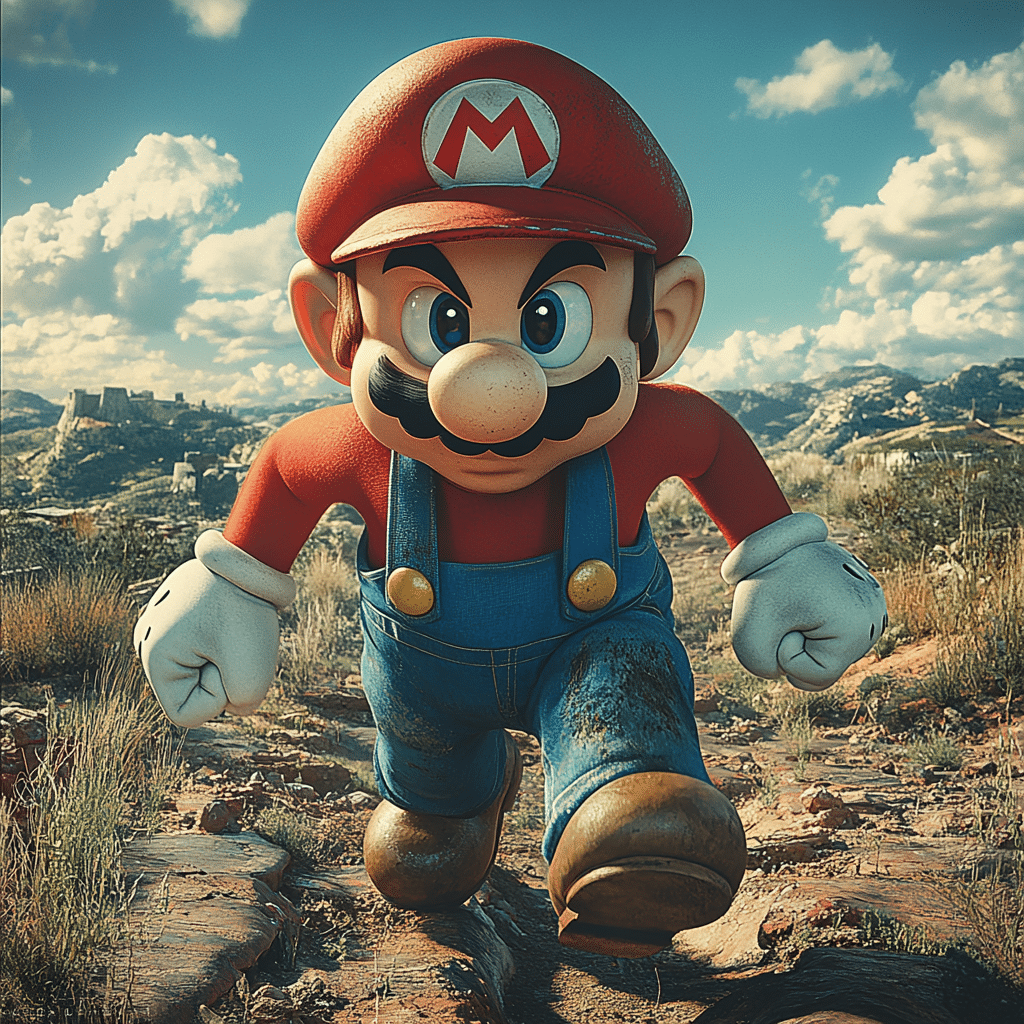
Reflecting on Lessons Learned from Super Mario Bros 1993
In retrospect, the tale of Super Mario Bros 1993 serves as a powerful reminder for filmmakers navigating adaptations of beloved titles. This cinematic blunder shines a spotlight on the risks involved in such projects, illustrating that a profound understanding of source material is crucial in tackling such beloved franchises.
The lessons learned are invaluable: a cohesive structure, relatable casting, appropriate tonal direction, and respect for the core audience can spell the difference between success and failure. As we move into a new era of adaptations, one can only hope that filmmakers will capture the hearts of fans in a way that this pioneering yet misguided film could not.
As it stands, Super Mario Bros 1993 remains a curious case study in cinematic history—both a failure and a catalyst for change. So, while you can’t find it streaming anywhere in the U.S. or renting it digitally, you can certainly track it down on DVD or search for a Region B Blu-ray on eBay, making it a hidden gem of cinematic misadventure for those brave enough to witness it.
For more on the fascinating world of film, check out related articles on Tony Banda and the curious stories behind Tonka Chimp crazy. Whether you’re looking for time in Nebraska or contemplating house rates today, there’s a whole universe waiting to be explored in cinema and beyond.
The Super Mario Bros 1993 Film’s Epic Failures and Missteps
Cast and Characters Gone Awry
When the Super Mario Bros 1993 movie hit theaters, it faced criticism from fans and filmgoers alike, but it wasn’t all doom and gloom. The film featured some surprising casting choices, including the charming Bob Hoskins as Mario and the unpredictable John Leguizamo as Luigi. Interestingly, the late Ann Morgan guilbert, known for her versatile roles in television, was reportedly considered for a role in this unconventional film. Her comedic timing might have brought a unique flavor to the bizarre script. Moreover, fans might have seen a cameo from pop culture icon Apollonia Kotero, whose presence could’ve added an intriguing edge to the film’s bizarre landscape.
Production Woes and Missteps
Diving deeper, the production of Super Mario Bros 1993 was marred by tumultuous behind-the-scenes drama. Initial directors were replaced, and the film’s tangled storyline often veered away from its video game roots. It’s ironic that the movie attempted to draw from the world of fantasy and adventure, yet ended up resembling a disorganized alien invasion instead. Audiences were left scratching their heads, wondering what on earth had happened to their beloved characters. Moreover, the special effects team faced an uphill battle with a limited budget, resulting in visuals that felt out of place and cheap, evoking a sense of disappointment rather than excitement.
A Disastrous Reception
In a nutshell, the film bombed at the box office and became a staple of movie night failures. The reviews were shockingly harsh, with critics like Anthony Banda calling it a chaotic mishmash that couldn’t escape its origins. Yet, it found a kind of cult following over the years, almost like those who catch signs of Adderall addiction, quietly acknowledging the flaws but somehow attracted to the bizarre nature of it all. The movie’s legacy became a cautionary tale in Hollywood about how not to adapt beloved source material. Despite its pitfalls, the Super Mario Bros 1993 flick reminds us of the fine line between creativity and chaos, resonating through pop culture in an unexpected way.
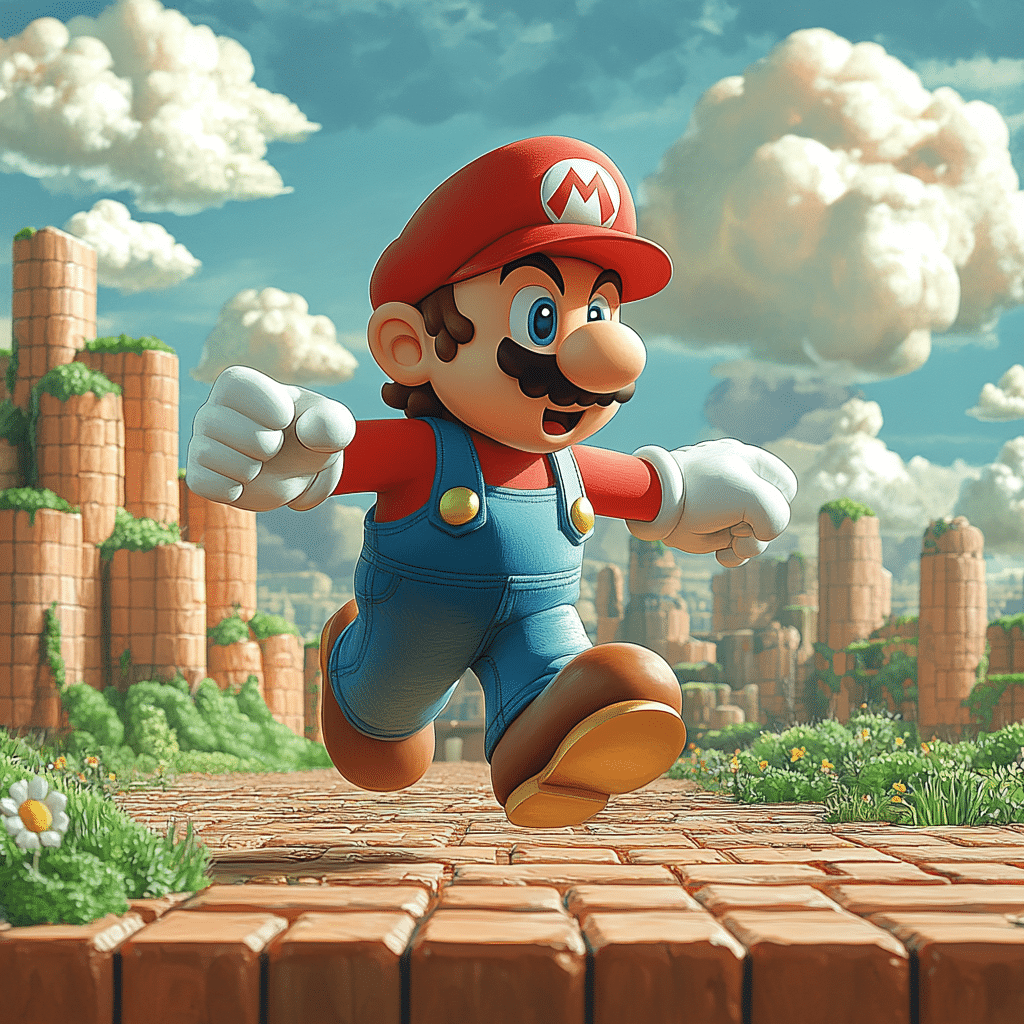
Where can I watch Super Mario Bros 1993?
You can’t stream or buy the 1993 Super Mario Bros movie on any digital platform in the US right now. Your best bet is to snag a DVD or look for a Region B Blu-ray on eBay.
Why did Super Mario Bros. 1993 fail?
The movie bombed mainly because it strayed way too far from the original game’s vibe, ending up with a darker and more adult storyline that didn’t sit well with fans. Plus, a hectic production schedule and clashes between the studio and directors didn’t help either.
How much money did Super Mario Bros 1993 make?
Super Mario Bros made around $38.9 million worldwide, which didn’t cover the production costs that ranged between $42 million and $48 million. It was a rough ride at the box office.
Who played Mario in the 90s?
Bob Hoskins played Mario in the 1993 film, bringing his own flair to the iconic character alongside his brother Luigi.
Is Super Mario Bros. on any streaming service?
Nope, Super Mario Bros isn’t available on any streaming service in the US. It’s one of those tricky titles that’s hard to get digitally.
Is the Mario movie on Peacock?
The Mario movie isn’t on Peacock either. You’ll need to look elsewhere if you want to give it a watch.
Why wasn’t Yoshi in the Mario Brothers movie?
Yoshi was left out of the Mario movie, and it was a decision by the filmmakers. They opted for a more different take on the characters and the story, so Yoshi didn’t make the cut.
What is the most unpopular Mario game?
The most unpopular Mario game would probably be “Super Mario Bros.: The Lost Levels.” It was seen as too hard and, let’s face it, not as fun as the others.
What is the oldest version of Super Mario Bros?
The oldest version of Super Mario Bros is the original game released in 1985 for the Nintendo Entertainment System (NES), and it started a gaming revolution.
Who plays Luigi in Mario 1993?
John Leguizamo played Luigi in the 1993 film, teaming up with Bob Hoskins to save the day.
How much did Mario cost in 1985?
Back in 1985, Mario was sold at a price of around $50, which was pretty typical for new video games at the time.
How old is Princess Peach?
Princess Peach’s exact age is unclear, but in the games, she’s often depicted as a young adult. She’s pretty timeless!
Is Super Mario Bros. 1993 worth watching?
Whether Super Mario Bros 1993 is worth watching depends on your taste; if you’re curious about video game adaptations or just enjoy cult classics, then it might be right up your alley.
Who is older, Mario or Luigi?
Mario is actually older than Luigi by about five years, making him the elder sibling in their dynamic.
Who was the OG voice of Mario?
The original voice of Mario was done by Charles Martinet, who took up the role in the ’90s and made it iconic with his unique voice work.

